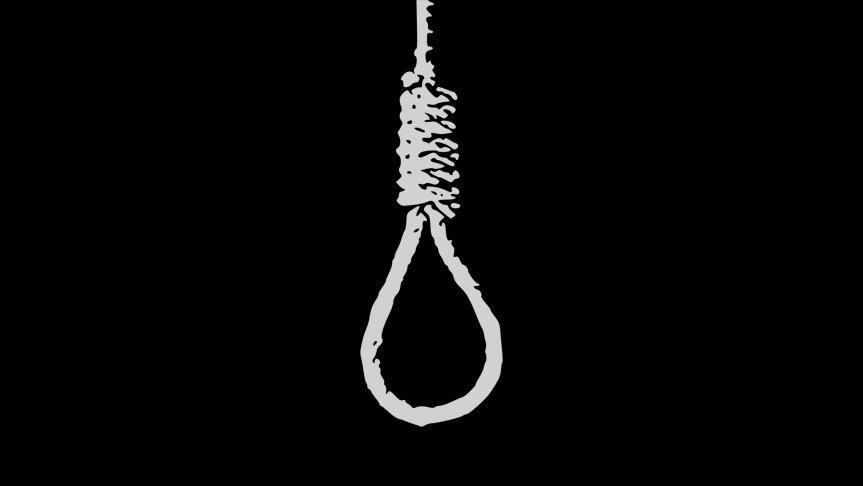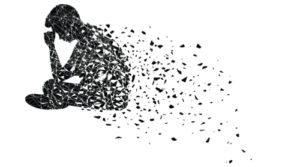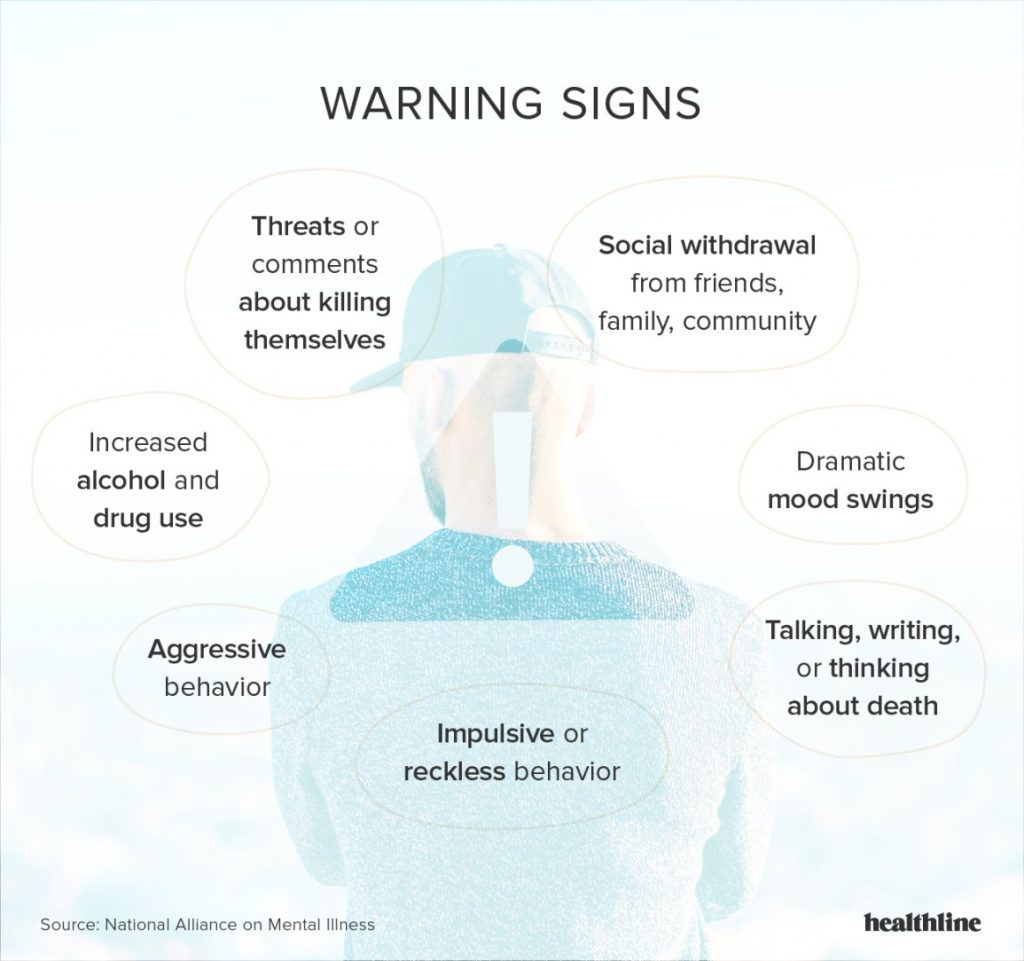Suicide: The statistic that is ignored
In the UK, about 10 children under the age of 12 die by suicide each year. According to UNICEF, Ireland ranks number 4 in the EU for adolescent suicide rates and number one in the EU for female adolescent rates. It is estimated that someone dies by suicide every 15 minutes. It is definite that someone tries to kill themselves every 38 seconds and that is only what we know of. Just let that sink in.

We are aware of this but we try to ignore the statistics. Even in our language, we showcase the stigma around suicide. People ‘commit’ suicide, as if it is a crime. The same questions are raised at every funeral as well. Why did it happen to her? I thought his life was great. This post aims to highlight how suicide can happen, how to detect it, and how to prevent it.
Why does suicide happen?
Suicide has no age, no gender and or no culture. The most suicides have occurred at the Nanjing Yangtze River Bridge in China, followed by the Golden Gate Bridge in San Francisco. The highest suicide rate per population is Lithuania, followed by South Korea. So this is not a fault of a culture. It operates on an individual level and is highly complex. There have been several studies trying to prove biological causes to suicide. For example, researchers have looked at the brain for people who killed themselves to search for lower levels of serotonin or a possible suicide gene but it is quite clear that people do not have a biological predisposition to suicide. They may have a chemical imbalance to cause depression but the choice to kill one’s self is a result of certain thought patterns developing. When people think of suicide, they look at it with egocentrism. They imagine that they could never have the courage. The courage to tie a noose around your head; stick a gun to your head or stare at a box of drugs before consuming them. However, people cannot articulate the mental pain that suicidal people are experiencing. It is a pain that needs to be removed and they believe that the only form of removal is through suicide. This stage of mental pain has gone past the way of correcting it with lifestyle changes such as exercise and nutrition. It is a stage of despair. Your life is irrelevant. Your interests, your school, your work. All irrelevant. From experiences with past clients, they are trapped in negative thought patterns and excruciating agony. The individual no longer matters and it is a demonic tennis match between removing the pain and not wanting close friends and family to suffer. You know that feeling you get when something goes wrong? Maybe you failed a test, someone has broken up with you or you hear news that someone has died? It’s that pain but all of the time. People tell you to talk, but there are no words. Just continuous pain. This is the state of mental distress, and a quick fix solution is suicide. This is why people kill themselves.

And some may raise the argument that suicide is a right so we should not stop someone killing themselves. As we said, it’s a quick fix solution. It has devastating consequences, but still some sort of solution. But this doesn’t account for suicidal individuals being driven by the wrong motives at that time. 3000 people have taken their own lives jumping off the Golden Gate Bridge in San Francisco but of the 26 that have survived, they all said they immediately regretted the decision the moment they jumped. Dr. Robert Firestone coins the anti-self as the person who wants to kill themselves while the real self wants to live. The real self has lost its way and it is the responsibility of therapists, families and friends to revive the real self.
How to detect suicide
So how do we detect a suicidal person? Well firstly, suicidal people have generally learned to dissociate from stress. They find stressful situations so unbearable that they choose to just lose focus of it and this is how a sense of helplessness blossoms. While not always the case, this is often something that is learned at childhood where children develop dissociation as a reaction to avoid stressful interactions with parents. The main indicators are extreme self-hatred, pushing away family and friends, hopelessness, isolation and thoughts of wanting to kill themselves, not belonging and that they are burdens to others. However, the biggest indicator is if someone has tried to kill themselves before.

In relation to how suicidal people generally act, there might be an upsurge in alcohol and drug consumption, poor sleep patterns or random outbursts. A big indication of a suicidal plan is if someone’s mood completely flips one day and they have gone to being very down for months to being extremely happy. They know the pain will be gone soon. And finally, there can often be an impulsive trigger to suicide. So if something particularly difficult happens such as a divorce, job loss or death, it could be smart to give that person extra attention.
Another important point worth raising is that mental illness is not a requirement for suicide. You are more likely to die by suicide if you have a mental illness but not everyone with mental illness’ kills themselves. So don’t hide behind the excuse of a lack of mental illness to not reach out to someone.
What to do

Suicide is extremely complicated because it is an issue both at the governmental and individual level. Stigma towards mental health acts as a buffer against any change. And therefore, we need to change on the individual level to make bigger alterations. The tide is beginning to turn on this as more and more mental health campaigns are emphasising the importance of talking. But this isn’t enough. We must remember that getting people to talk is tackling the stigma, but not mental health problems. So we must continue pushing. We must continue guiding the government to actions that can stop mental health issues, like more services, more workers, and more research. We must then start changing our terminology. In reducing, it is not the responsibility of the suicidal to speak up. Instead, it is the responsibility of the non-suicidal to change their perspective on the mental state. Stop referring to suicide as a crime that must be committed. Referring to it as someone killing themselves is blunt and uncomfortable, but it doesn’t attach to shame.
Then, to is essential that this myth is debunked. Asking someone who is not suicidal are they suicidal does not then make them suicidal. This seems to be something made up by someone who needed to validate not asking someone if they were suicidal. So the first thing you should do is ask someone if they are suicidal. We don’t know what other people are thinking and the best way we can find out is by asking them. It can make the difference. If someone admits they are, you can then begin the process of persuading them to get help. There is actually more responsibility in a friend asking someone if they are suicidal then it is on the suicidal person being expected to talk. If they admit that they are suicidal, then ask them if they have made any plans. And if someone says they are suicidal, remember there is a big difference between someone thinking about suicide and actually making a plan. If someone has made a plan, contact emergency services immediately.
Aside from therapy, you also need to unconditionally support the suicidal person. Make them feel like they have worth, validate their emotions and make sure that they have some structure to their lives. Help them to look after their physical health because without it, their mental health will deteriorate at a more rapid pace. Remove all dangerous items in the household and make an agreement that both of you will talk when a problem arises. And what is most important is to give them a purpose. Give them a reason to live. Base this on what they liked to do before they were suicidal, whether it be sport or art, gardening or music, gaming or being a good friend. Anything. If you give someone a purpose, it gives them an opportunity to create goals around that purpose and this then gives them additional purpose.
An interesting study found that people who killed themselves were more likely to have a cognitive rigidity. This means that when they try to solve a problem and their solution does not work, they’re less likely to change their solution. So with this research comes the possibility of preventing future suicides: through education on how to better problem solve in situations. One of the researchers that investigated cognitive rigidity is Marsha Linehan, who is the founder of dialectical behaviour therapy . Unfortunately, it is still only confined to therapy but we hope it will be something that will be taught in education in the future. This along with campaigns reducing the suicide stigma, the media not sensationalising suicide like in the case of Kurt Cobain (which led to several further suicides) and continued prevention of lethal methods (such as reducing the amount of paracetamol that can be bought) could make the difference. Because as we mentioned earlier, not everyone who dies by suicide shows the signs so education can reach them people and really show the differences.
In the UK, 10 children under the age of 12 die by suicide each year. According to UNICEF, Ireland ranks number 4 in the EU for adolescent suicide rates and number one in the EU for female adolescent rates. It is estimated that someone dies by suicide every 15 minutes. It is definite that someone tries to kill themselves every 38 seconds and that is only what we know of. I hope this has sunk in. However, I would like to leave you with the reassurance that the suicide rate is actually falling globally, meaning that when we give it attention, it is something we can prevent. Imagine if it was given even more attention? It is still a catastrophic issue and because of stigma on the individual level, ignorance on the governmental level and lack of education on the topic, it will remain an unforgivable problem. We have done our best to explain why suicide happens, how to detect it, and most importantly, what we can do about it. But education is irrelevant without action. So spread the word and educate yourself more on the topic. It could save a life.
Yours Sincerely,
The Motus Movement.